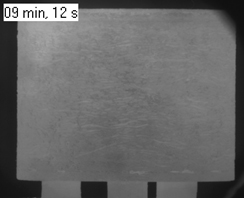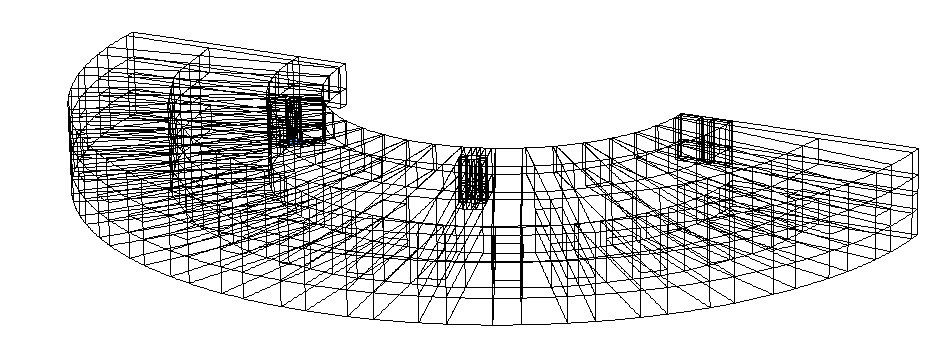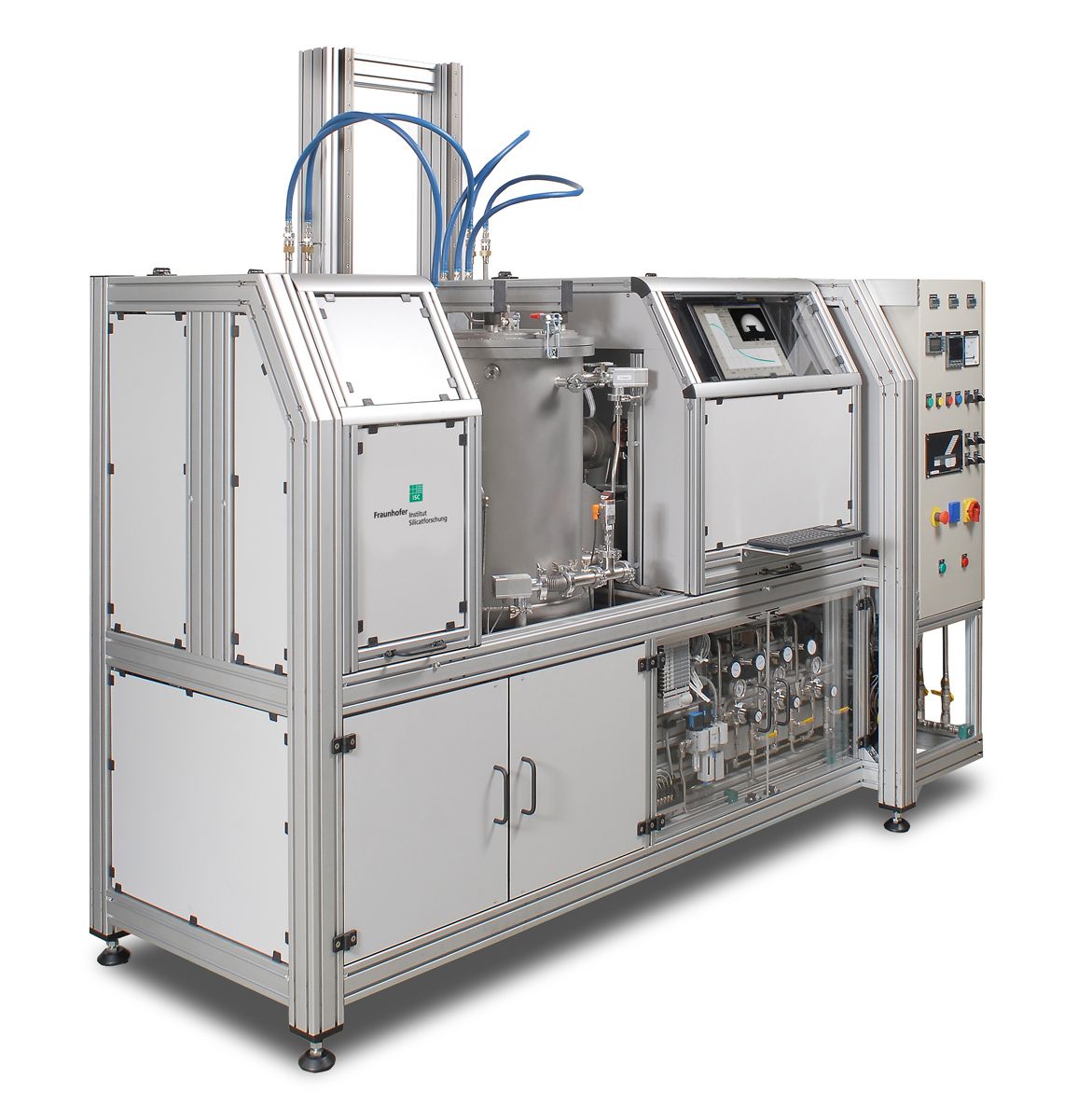As an alternative to sintering, melt infiltration can be used to produce a dense component from a porous preform. The prerequisite is that the base material from which the preform is made has a higher melting point than the material to be infiltrated. Additionally, the melt must wet the base material. The preform and the material to be infiltrated can be heated until the melting point of the infiltrated material is exceeded. The melt is drawn into the pore channels of the preform by capillary forces and completely fills the pore space. After cooling, a dense component is obtained which, if processed correctly, corresponds exactly to the dimensions of the preform.
Ceramics, metals, and metal-ceramic composites can be produced using melt infiltration. The most well-known process is the production of SiSiC ceramics by infiltrating silicon melt into porous preform made of silicon carbide. This so-called LSI process (Liquid Silicon Infiltration) is also used to infiltrate preforms made of carbon or SiC fibers, resulting in CMC components (Ceramic Matrix Composites). Hard materials can also be densified by melt infiltration. For example, metallic binders such as cobalt or nickel can be infiltrated into porous preforms made of tungsten carbide to produce cemented carbides. An example in the field of oxide ceramics is the infiltration of a glass melt into a porous preform made of aluminum oxide. Since the glass melt crystallizes upon cooling, a largely crystalline material is obtained. An example in the field of metals is the infiltration of bronze into porous preforms made of steel.
 Fraunhofer ISC, Center for High Temperature Materials and Design HTL, Bayreuth
Fraunhofer ISC, Center for High Temperature Materials and Design HTL, Bayreuth


